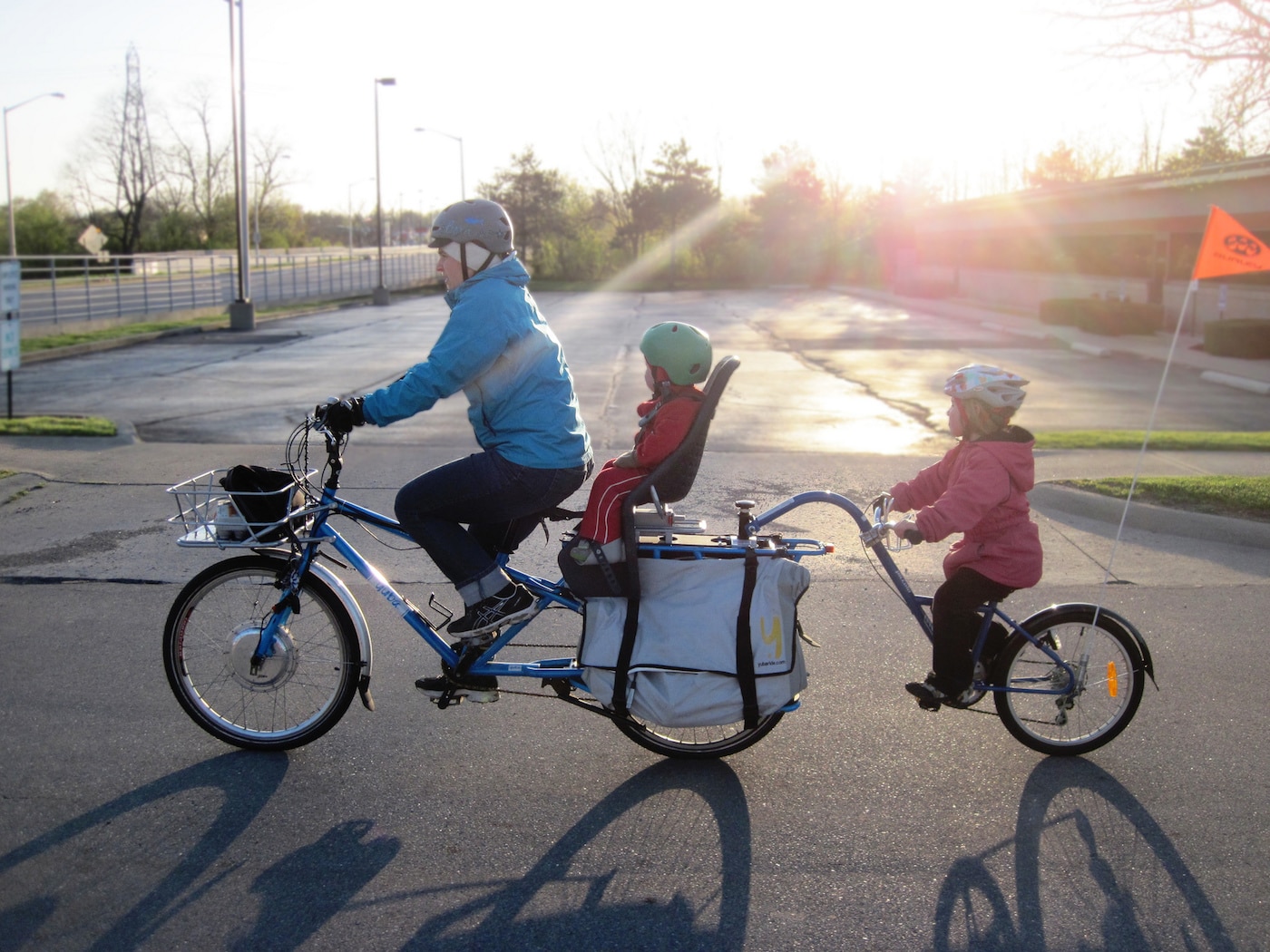Going Green on a Budget:
Tips for Eco-friendly and Cost-Effective Living
With the abundance of potentially harmful toxins in the environment, it’s not surprising that more and more people are developing sensitivities, allergies, respiratory illnesses, and more. Fortunately, there are ways to fight back against the ubiquitous toxins that threaten our daily well-being. One way to minimize our exposure to contaminants is to incorporate green living into our everyday lives.
The problem is that switching to green appliances and household products can sometimes be costly. If you’re a homeowner who is interested in going green while sticking to a budget, here are some tips that can help.
Take Things Slow
One of the biggest hurdles to an eco-friendly home is the cost. Since you’re trying to make the transition while enjoying financial savings, taking things slow is the best course of action. You can still enjoy the benefits of becoming more eco-friendly; small steps can equal huge gains.
For instance, you could change the shampoo and conditioner you’ve been using to whatever eco-friendly alternatives you desire. Once you’ve become accustomed to the new shampoo and conditioner, you can find a sustainable body wash, lotion, toothpaste, etc. It’s up to you how quickly you want to introduce new products. Whether you want to give yourself three months to be fully transitioned, six months, or even a year, what matters is that you slowly replace traditional everyday consumables with their green counterparts over time.
Choose Energy-Efficient Appliances
 By opting for energy-efficient appliances (such as Energy Star appliances), you not only save money on utilities, but you’re also benefiting your health and the environment. You can save as much as 50% on monthly bills by purchasing energy-saving appliances.
By opting for energy-efficient appliances (such as Energy Star appliances), you not only save money on utilities, but you’re also benefiting your health and the environment. You can save as much as 50% on monthly bills by purchasing energy-saving appliances.
Energy-efficient appliances reduce water consumption and energy costs, diminish carbon emissions in the environment, and limit battery usage. The latest energy-efficient appliances and electronics are typically aesthetically pleasing, and they come with stylish designs, unique colors, and smart, high-tech controls that can be integrated into smart homes.
Consider Reusable Products
There are many reusable products that you can switch to that will make greener living affordable.
Instead of purchasing conventional paper towels, you can invest in reusable clothes instead.
Another idea is to purchase a refillable water bottle instead of buying huge containers of bottled water and throwing away all those plastic bottles.
Many homeowners attempting to go green on a budget also opt to purchase cloth grocery bags to use every time they buy groceries. Many consumers are completely oblivious to the many dangers of using plastic grocery bags.
Reduce Non-Necessities
It’s easy to purchase items you don’t need on impulse, but these impulse buys can add up over time. In addition to taking up space in your home, these items can contribute to emissions and environmental pollution. By being mindful of your purchases, you can save your wallet and the environment. You can also free up space that can be used for other more useful purposes.
Use Alternate Modes of Transportation
 After home mortgage, car ownership is one of the biggest expenses. There’s the cost, maintenance, and costly repairs once they inevitably break down. Motorized vehicles also contribute significantly to greenhouse emissions, as well as harmful pollution. This can seriously impact the environment as well as the people in it.
After home mortgage, car ownership is one of the biggest expenses. There’s the cost, maintenance, and costly repairs once they inevitably break down. Motorized vehicles also contribute significantly to greenhouse emissions, as well as harmful pollution. This can seriously impact the environment as well as the people in it.
Most people who own cars do so because they’re convenient as well as necessary. There’s no reason to get rid of your car to decrease the impact it has on the environment. Whenever possible, instead of driving, you can walk, take a bike, or even roller skate wherever you need to go.
You will be saving immensely on gas, decreasing the frequency that maintenance needs to be done, as well as benefiting the environment. An additional benefit of using alternate modes of transportation whenever possible is the improvement of your body from the physical activity of biking, walking, or skating.
Unplug Unused Appliances and Electronics
While many people fail to realize it, appliances and electronics continue to consume energy even when they’re not powered on or in use. By unplugging electronics and appliances when they’re not in use, you’re helping save the planet and your energy bill.
Reduce Meat
You don’t have to become vegan or vegetarian to reduce the resources necessary to produce meat from livestock. Opting for just a day or two each week that you will dedicate to consuming meatless meals would be a significant help. You would be surprised at the number of delicious, filling meals you can make without meat.
Take Advantage of Your Local Library
Many people forget that libraries exist, and when they’re interested in finding a book, the first place they head to is the bookstore. However, by visiting your library and taking advantage of the books and other materials that they have, you are living a greener lifestyle by reducing the amount of paper that you’re purchasing.
Reduce Your Water Usage
There are several ways to reduce the amount of water that you use. Firstly, you can take shorter showers. If you enjoy taking leisurely 20-minute showers, cutting your shower time in half can have a major impact on your water bill as well as the environment.
Some other ways to save on water usage is to use an energy-efficient dishwasher instead of handwashing dishes, and whenever rain is expected, plan on not watering your lawn or garden that day.